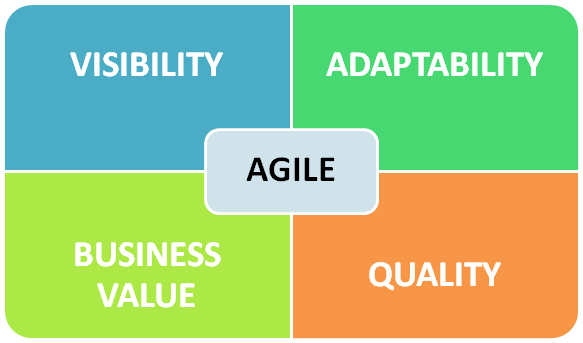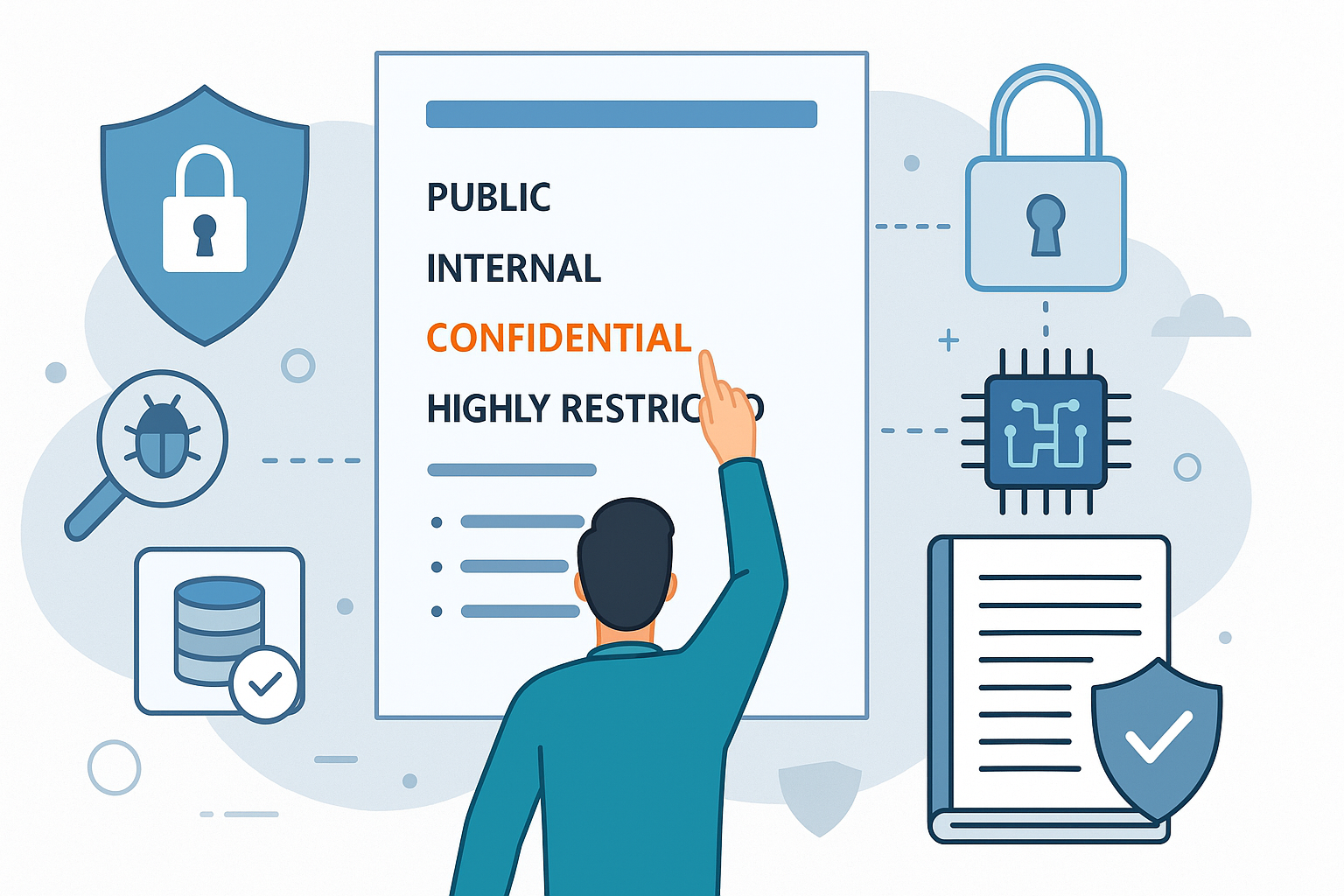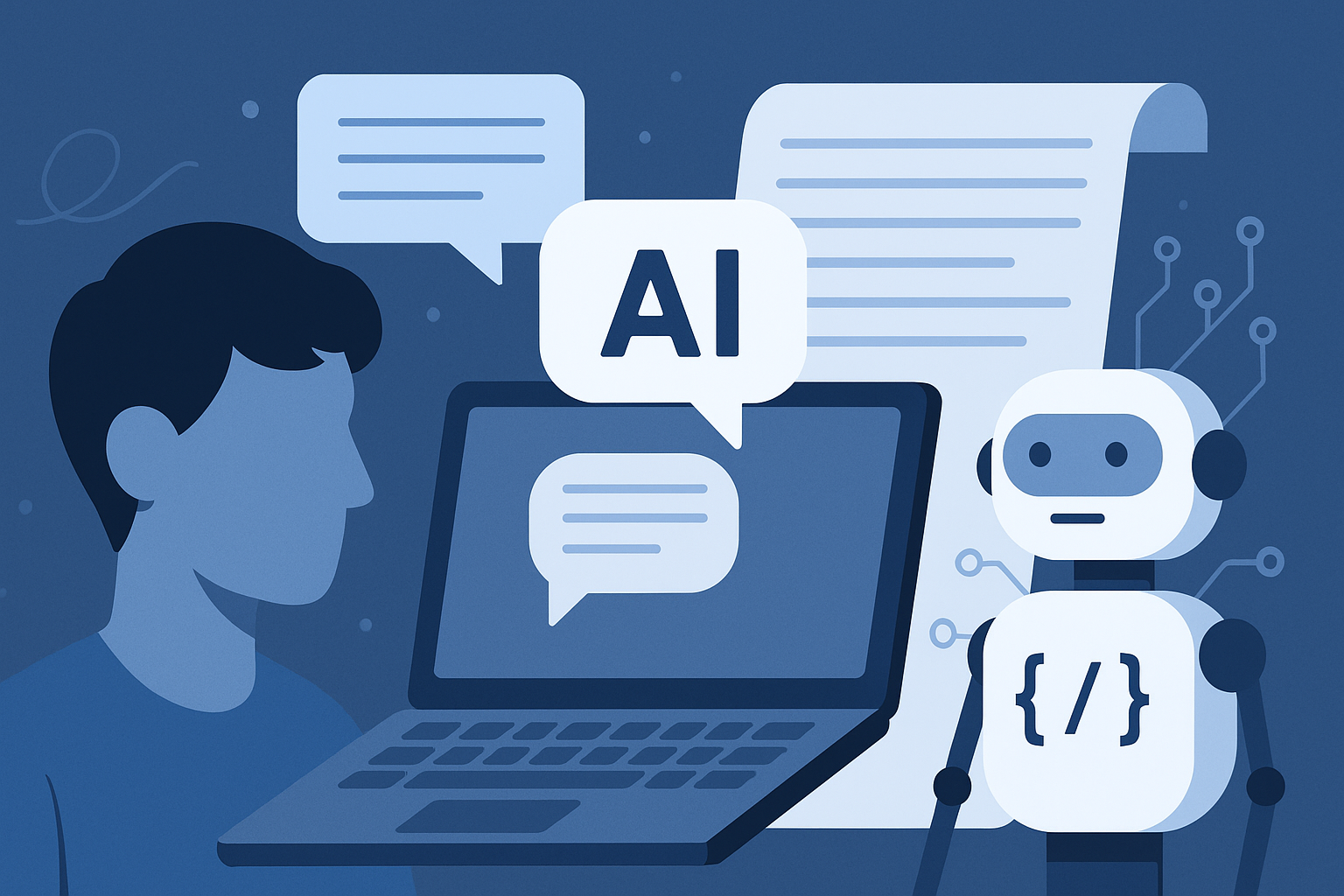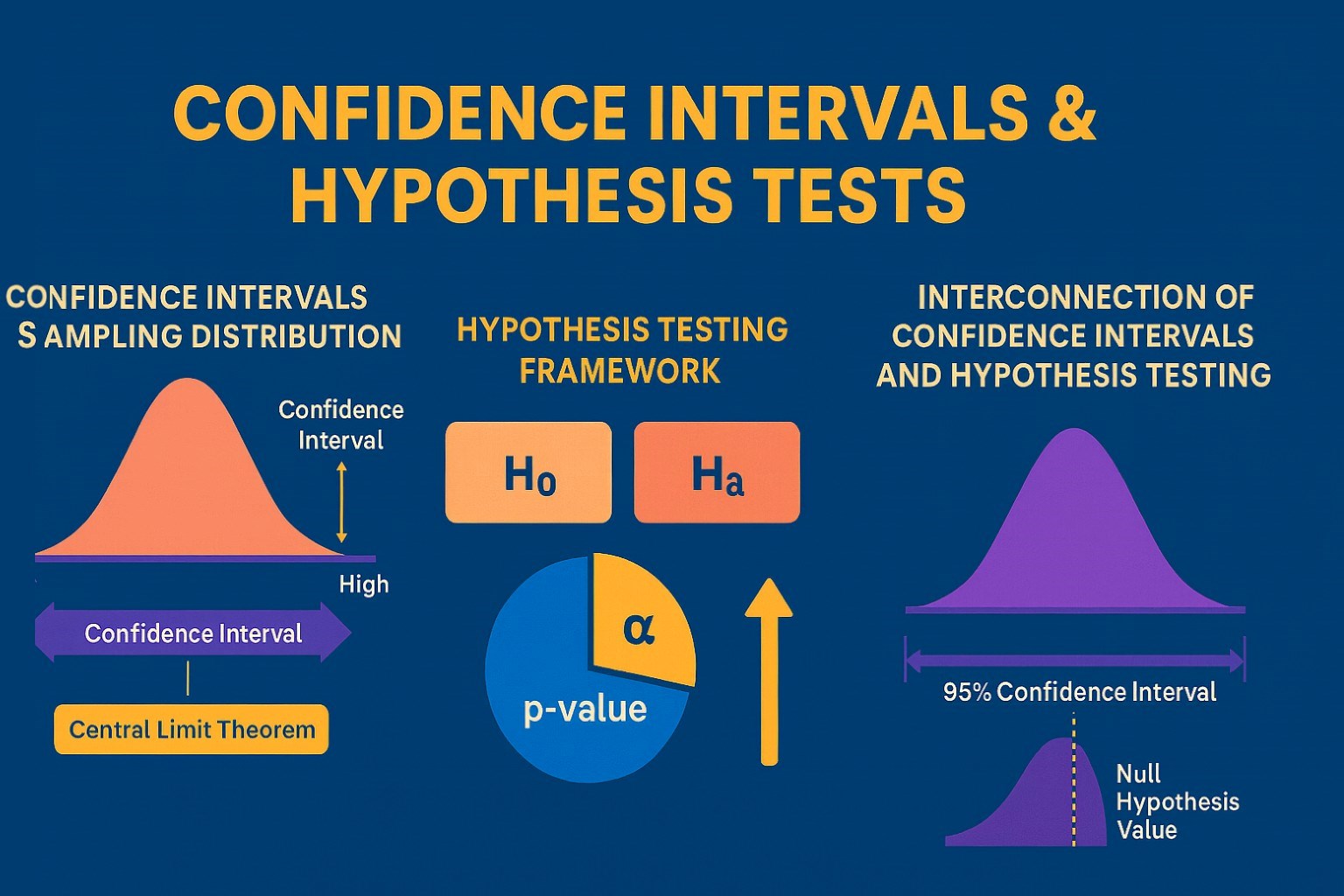How To Take Your Career to New Heights As An Agile Developer
Agile Software Development is a term used for a group of practices and methods, based on the principles and values, expressed in Agile Manifesto. The solutions emerge through the collaboration between the cross-functional and self-organizing teams using the appropriate practices for their Agile Development. It is a term used for several incremental and iterative software development methods. Among the popular agile methodologies are Extreme Programming (XP), Crystal, Scrum, Dynamic Systems Development Method (DSDM), and Feature Driven Development (FDD). All of these methodologies are unique in its approach and share core values and a common vision.
All the above mentioned agile methods have a common set of characteristics and there are some prime principles involved in these agile methods that make them different from the traditional ones. Due to the rising demand of agile in the organizations, they are hiring agile developers in their companies with good pay. You can get a lucrative job as an Agile Developer with an Agile developer training program.

The Key Principles Of Agile Are:
#1. Active User Involvement Is Imperative:
This is the first principle of agile development. The involvement of users in the development of projects is always not possible especially if the end users are customers. In such cases, it is mandatory to have the active involvement of an experienced and senior employee, so that the needs can be effectively and clearly understood and communicated at the outset.
#2. The Team Must Be Empowered To Make Decisions:
The agile development team should involve the necessary team members for taking decisions on a timely basis. The involvement of the project team to take decisions is vital, so that they have the responsibility to deliver product and have complete ownership over the product. Interference with the project team minimizes their motivation to deliver the product efficiently.
#3. Requirements Evolve but The Timescale Is Fixed:
In Agile Development projects, needs are permitted to evolve, but the timescale is fixed.
Hence, in order to alter or incorporate a new requirement, the product owner or user removes a certain amount of work from the project, in order to accommodate the change. This enables the team to remain focused on the decided timescale and permit the product to evolve into the right solution.
#4. Capture Requirements at a High Level:
Agile development teams, capture the requirements on a piecemeal basis, and at a high level, just-in-time for each of the features to develop. The agile requirements are visual and should be barely adequate, in order to enable in the testing and development to progress with efficiency. The idea behind it is to reduce the time spent on something that is not actually part of the end product.
#5. Develop Small, Incremental Releases and Iterate:
The agile development projects are delivered in bite-sized pieces, delivering small, releases and iterating. In the traditional approach, the requirements for the entire product are collected. This is followed by the development of all the elements of the software and then testing to see whether the product is fit for release or not. In the agile software development, the cycle is to analyze, develop and test for each feature, one at a time. The advantage of this iterative process is reduced risk, increased value, better management of cost and more flexibility. You can gain technical excellence in Agile with the certified Scrum developer and Agile engineering training course.
#6. Focus On Frequent Delivery of Products:
Agile development is about frequent and on time delivery of products. In an agile world, gone are those days of 12-month projects. In the agile world, a 3-6 month project is strategic!
#7. Complete Each Feature before Moving on to The Next:
In the traditional methods, the entire product is completed and then tested and styled. Whereas in the agile method, each feature of the product is developed, test and styled, before moving on to the next feature.
#8. Apply The 80/20 Rule:
Pareto’s law is applied in the agile development methods, which means that 80% of the result should come from only 20% of the effort given. Hence, in the agile development, focus is made on the 20% of the efforts to get the majority 80% of the results.
#9. Testing Is Integrated Throughout the Project Lifecycle:
In the agile development, testing is integrated, throughout the product’s lifecycle and testing the software is done continuously throughout its development.
It is very essential to have adequate knowledge of agile as it is now extensively used in many organizations and you can get a profitable job in a reputed organization with an Agile and software development certification program.
Find a course provider to learn Agile
Java training | J2EE training | J2EE Jboss training | Apache JMeter trainingTake the next step towards your professional goals in Agile
Don't hesitate to talk with our course advisor right now
Receive a call
Contact NowMake a call
+1-732-338-7323Enroll for the next batch
Agile Certification Training
- Dec 10 2025
- Online
Agile Certification Training
- Dec 11 2025
- Online
Agile Certification Training
- Dec 12 2025
- Online
Related blogs on Agile to learn more

What is Zero Sprint in Agile? Everything You Should Know
In evolving technology, software development has seen drastic changes in the IT industry. As the demand for software development increases, utilization of various methodologies like Agile has become the global norm. So, the ever-growing demand for cu

Transformation to A More Flexible Software Architecture with Agile
The software architecture is the backbone of a system, in which the components of the system have a relationship with each other, as well as the environment and the principles guiding its design and evolution. The traditional, rigid waterfall archite

Agile – The Latest Craze in the IT Industry
The Agile methodology promotes consistent repetition of the development and testing of the product throughout the life cycle of the software development of the project. The testing and development activities are concurrent. The solutions emerge throu
Latest blogs on technology to explore

From Student to AI Pro: What Does Prompt Engineering Entail and How Do You Start?
Explore the growing field of prompt engineering, a vital skill for AI enthusiasts. Learn how to craft optimized prompts for tools like ChatGPT and Gemini, and discover the career opportunities and skills needed to succeed in this fast-evolving indust

How Security Classification Guides Strengthen Data Protection in Modern Cybersecurity
A Security Classification Guide (SCG) defines data protection standards, ensuring sensitive information is handled securely across all levels. By outlining confidentiality, access controls, and declassification procedures, SCGs strengthen cybersecuri

Artificial Intelligence – A Growing Field of Study for Modern Learners
Artificial Intelligence is becoming a top study choice due to high job demand and future scope. This blog explains key subjects, career opportunities, and a simple AI study roadmap to help beginners start learning and build a strong career in the AI

Java in 2026: Why This ‘Old’ Language Is Still Your Golden Ticket to a Tech Career (And Where to Learn It!
Think Java is old news? Think again! 90% of Fortune 500 companies (yes, including Google, Amazon, and Netflix) run on Java (Oracle, 2025). From Android apps to banking systems, Java is the backbone of tech—and Sulekha IT Services is your fast track t

From Student to AI Pro: What Does Prompt Engineering Entail and How Do You Start?
Learn what prompt engineering is, why it matters, and how students and professionals can start mastering AI tools like ChatGPT, Gemini, and Copilot.

Cyber Security in 2025: The Golden Ticket to a Future-Proof Career
Cyber security jobs are growing 35% faster than any other tech field (U.S. Bureau of Labor Statistics, 2024)—and the average salary is $100,000+ per year! In a world where data breaches cost businesses $4.45 million on average (IBM, 2024), cyber secu

SAP SD in 2025: Your Ticket to a High-Flying IT Career
In the fast-paced world of IT and enterprise software, SAP SD (Sales and Distribution) is the secret sauce that keeps businesses running smoothly. Whether it’s managing customer orders, pricing, shipping, or billing, SAP SD is the backbone of sales o

SAP FICO in 2025: Salary, Jobs & How to Get Certified
AP FICO professionals earn $90,000–$130,000/year in the USA and Canada—and demand is skyrocketing! If you’re eyeing a future-proof IT career, SAP FICO (Financial Accounting & Controlling) is your golden ticket. But where do you start? Sulekha IT Serv

Train Like an AI Engineer: The Smartest Career Move You’ll Make This Year!
Why AI Engineering Is the Hottest Skillset Right Now From self-driving cars to chatbots that sound eerily human, Artificial Intelligence is no longer science fiction — it’s the backbone of modern tech. And guess what? Companies across the USA and Can

Confidence Intervals & Hypothesis Tests: The Data Science Path to Generalization
Learn how confidence intervals and hypothesis tests turn sample data into reliable population insights in data science. Understand CLT, p-values, and significance to generalize results, quantify uncertainty, and make evidence-based decisions.